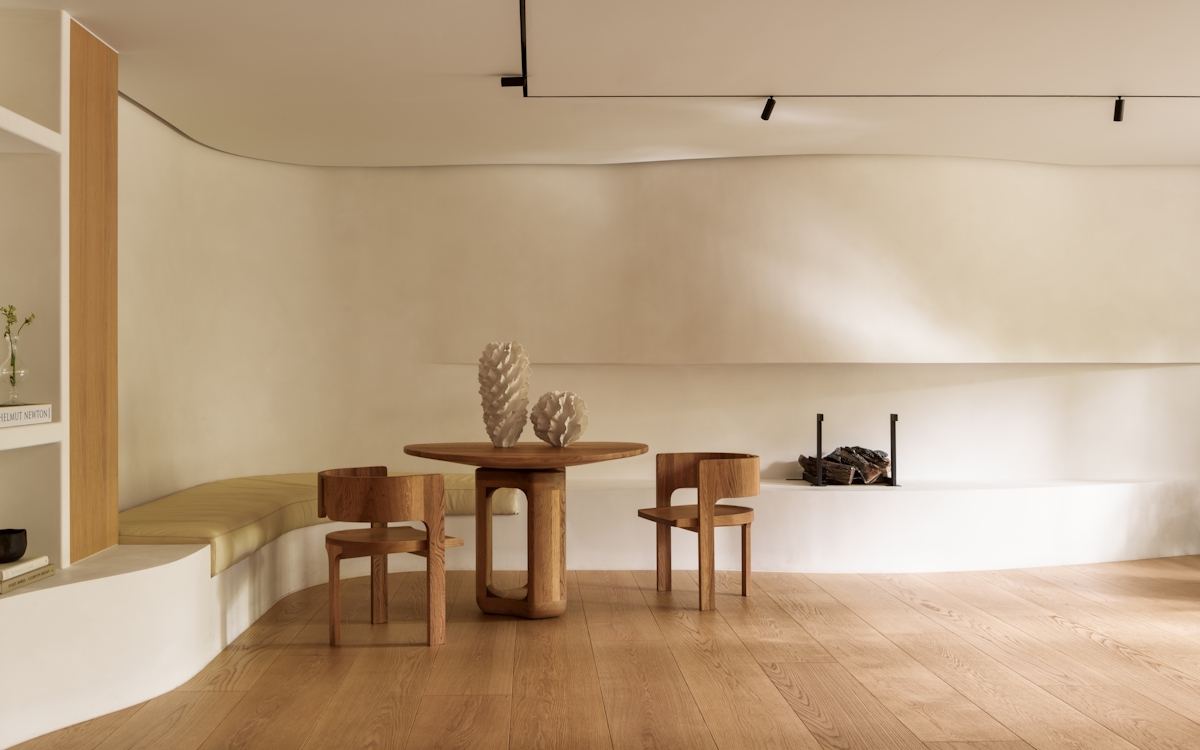The last few years have seen the emergence of a notably more contemporary London interior design style. Riding in tandem with the city’s grand historical style of marble fireplaces hung with oversized gilded mirrors, chintz upholstery and imposing breakfronts by master cabinet makers, the new rendition is London for a modern design mind.
Showcasing this alternative design identity, Twenty Grosvenor Square—the world’s first standalone Four Seasons private residences—opened last year, heralding not only a new age in luxury property development for the capital but completely epitomising the quintessentially modern look.








